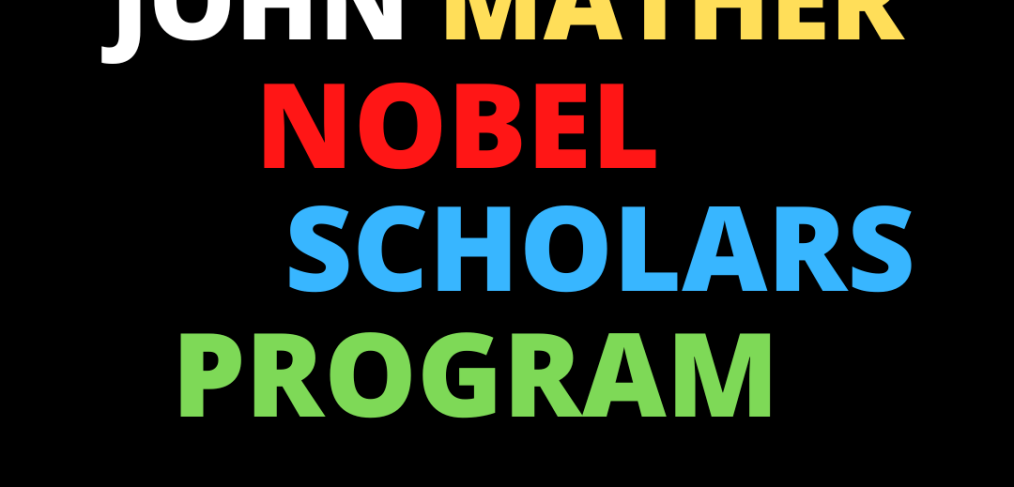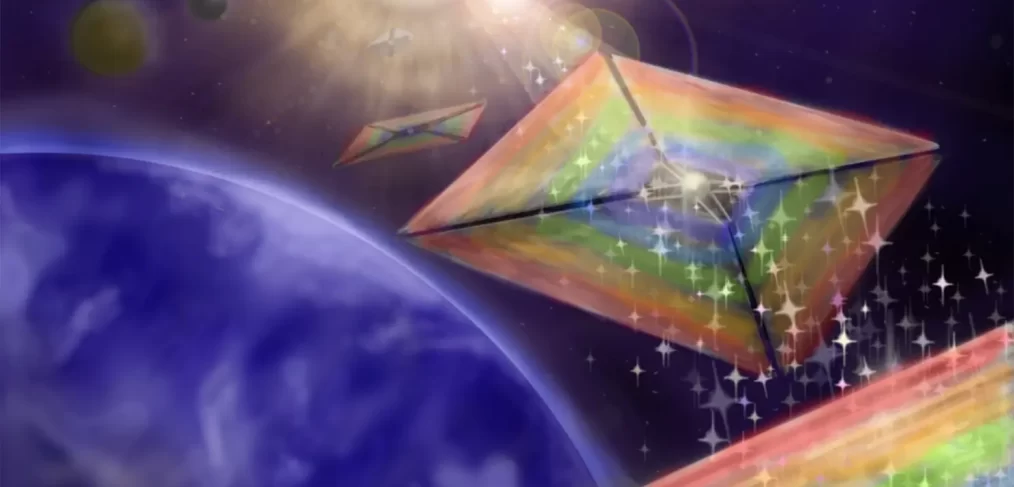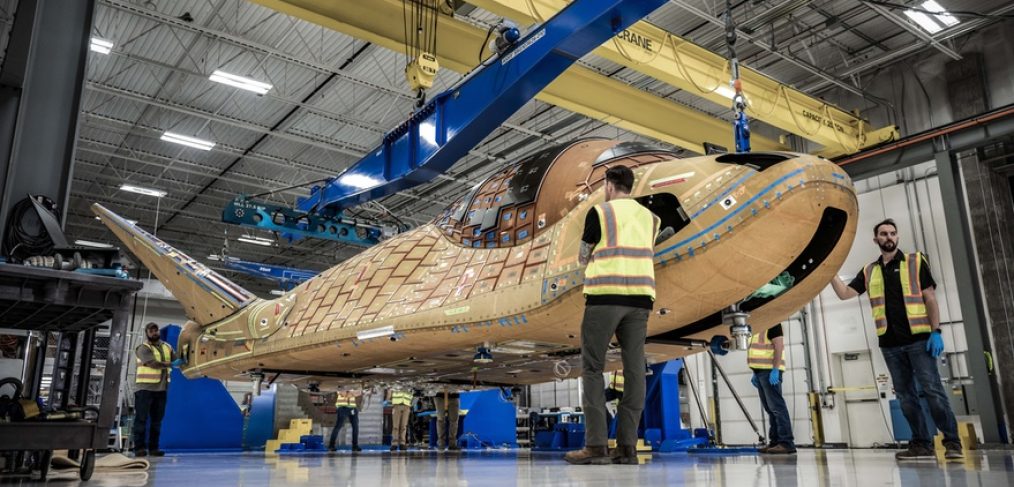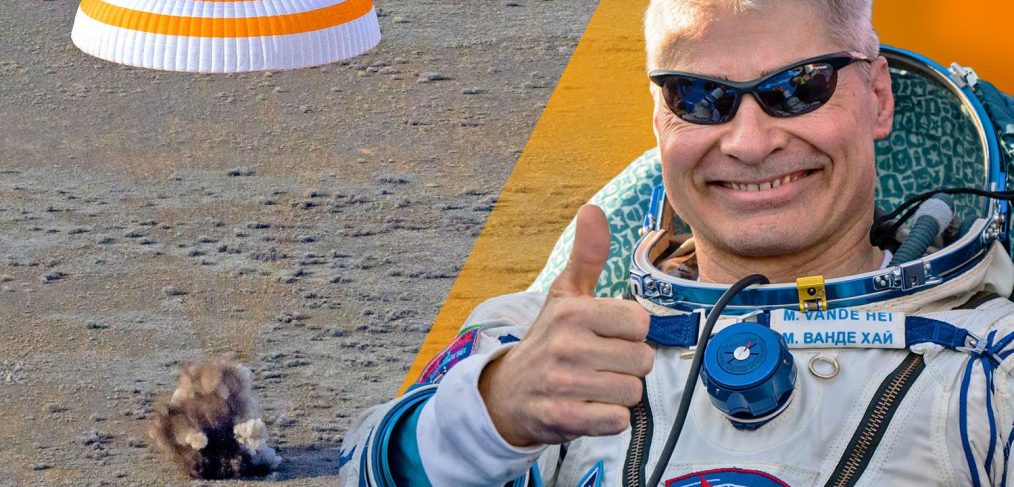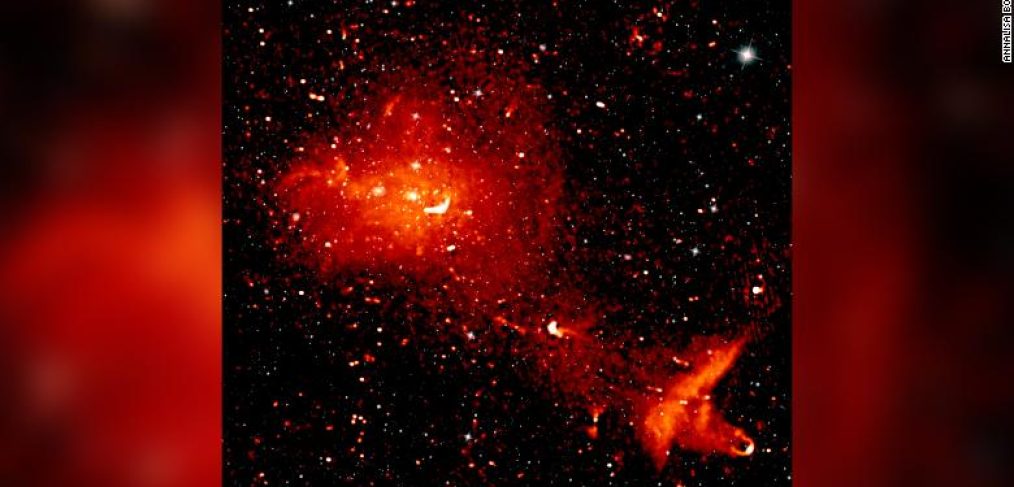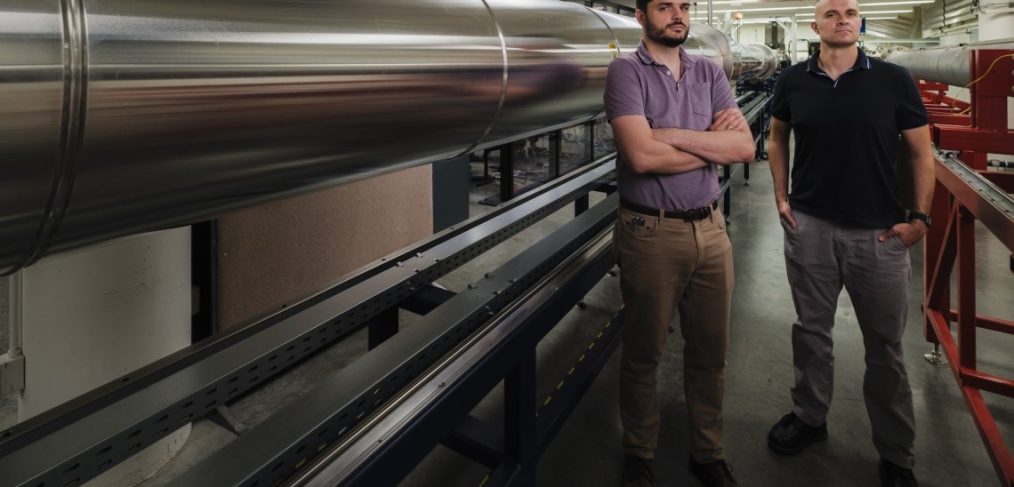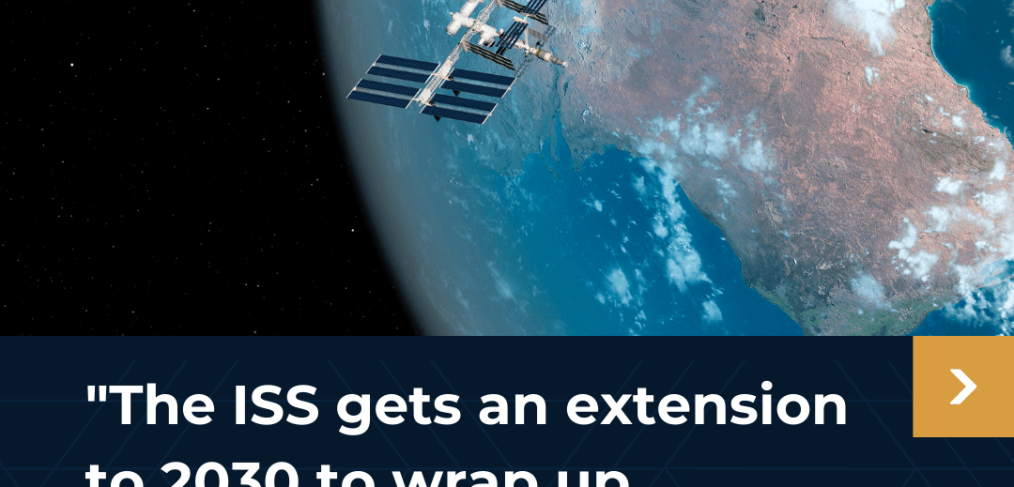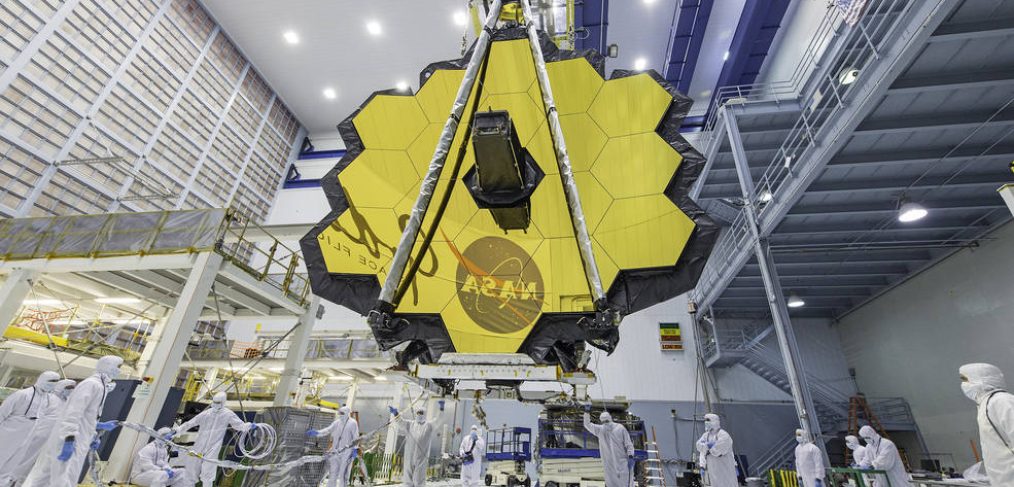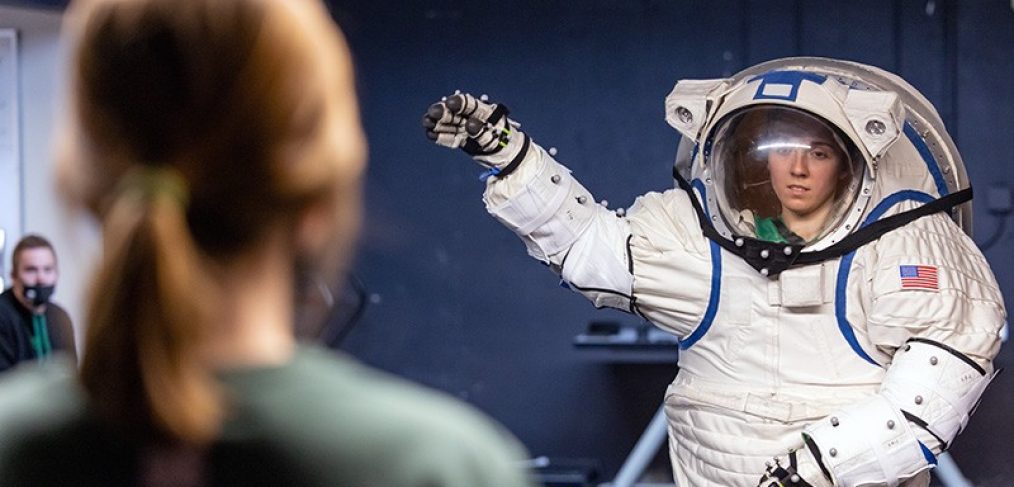The John Mather Nobel Scholarship Program was established in 2008 by the John and Jane Mather Foundation for Science and the Arts. The program is open to current NASA/Goddard Space Flight Center based undergraduate and graduate student interns. Each year the program awards travel allowances towards the cost of presenting research papers at professional conferences. Applicants must have demonstrated high academic achievement, have a strong interest in space and Goddard Space Flight Center, be a rising undergraduate junior, senior or graduate student, and be currently holding a Goddard-based research internship.
Selected students will be recognized as John Mather Nobel Scholars and receive a $3,000 travel allowance towards the cost of presenting research papers at professional conferences. Recipients will meet with Dr John C Mather, Senior Astrophysicist and Goddard Fellow and Nobel Prize recipient, and other distinguished individuals.
- Application Deadline: July 8, 2022
- Mentor Assessment Deadline: July 10, 2022
- Anticipated Award Announcements: July 22, 2022
- Program Website: https://spacegrant.org/mather/
- Apply On-line at: https://spacegrant.net/apps/mather
